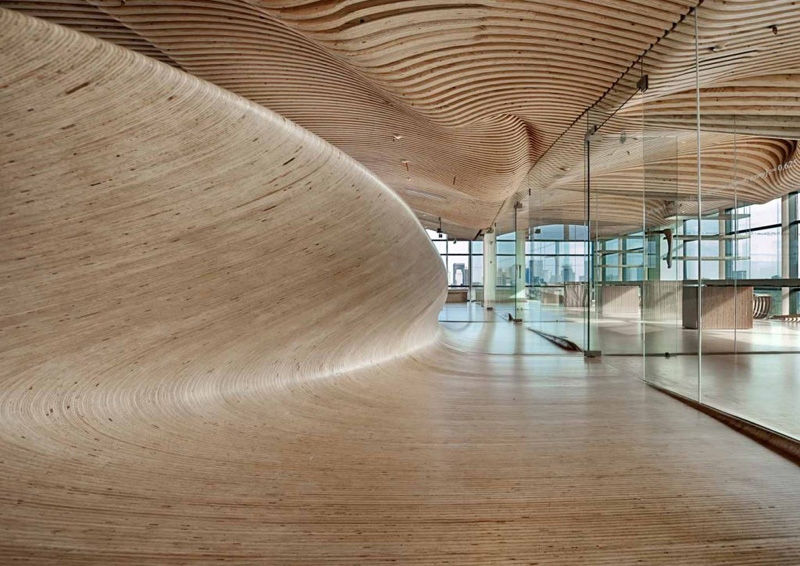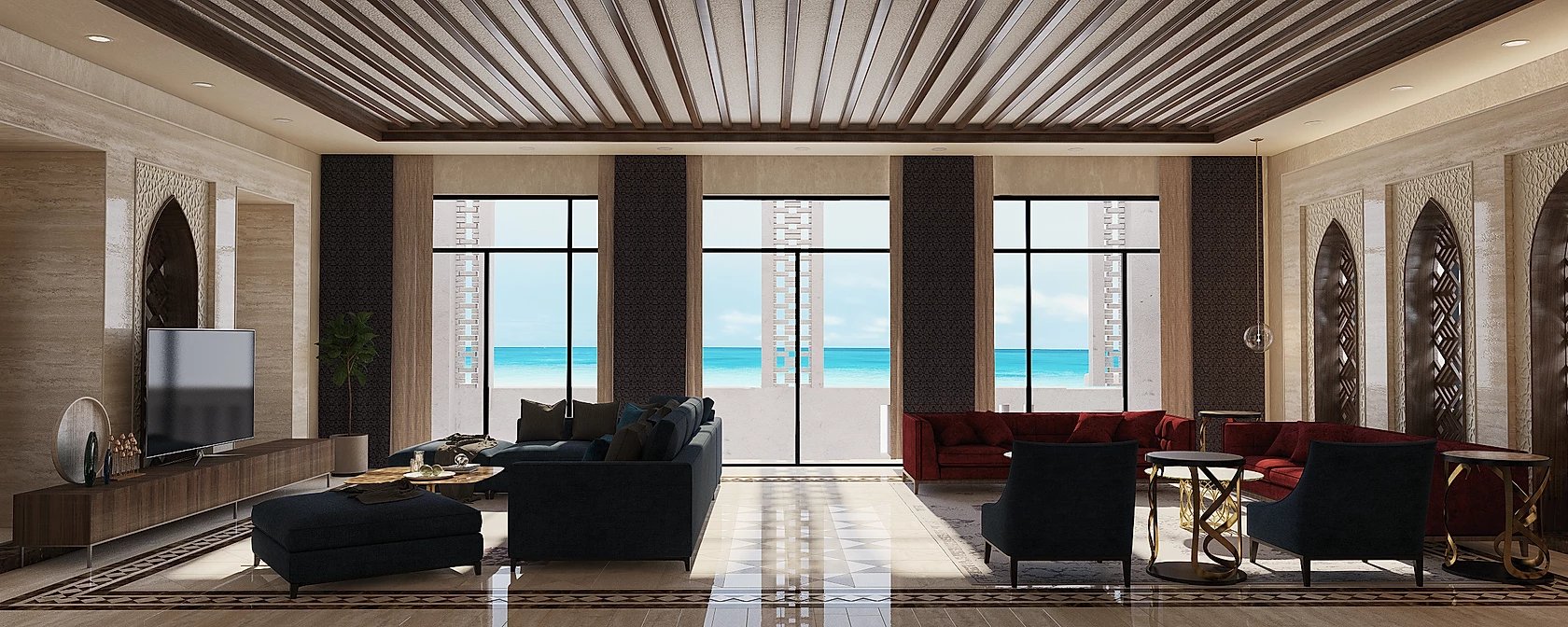Computational Design | 2. Interior + furniture Design


The model of present interior spaces – being a collage of simple and unrelated elements, cannot compete with their historical counterparts in terms of their richness,coherency and precision of formal organization. These parametric design interiors create a high level of qualitative differentiation and intensity in respect to the part to part and part to whole relationships.
Within means of parametric architecture we explore dynamic systems, in seeing its potential of embedding an infinite amount of interior conditions without losing the overall coherency. By translating architectural elements into dynamical inputs a vector field results providing a system which differentiates gradually and correlates systematically surmounting conventional collage techniques. Streamline-Method is used to visualize these vector data. By controlling the line output: tangent to normal a fluent parametric architecture shift from texture to structure is achieved.
Thus various architectonic elements with different function: structure (facade, stairs),texture (floors, furniture) appear as iconic figuration within one parametric design system. Various subsystems express a structural differentiation which correlates with material/textural differentiation.
The ability to create infinate parametric shapes using Computational design.

